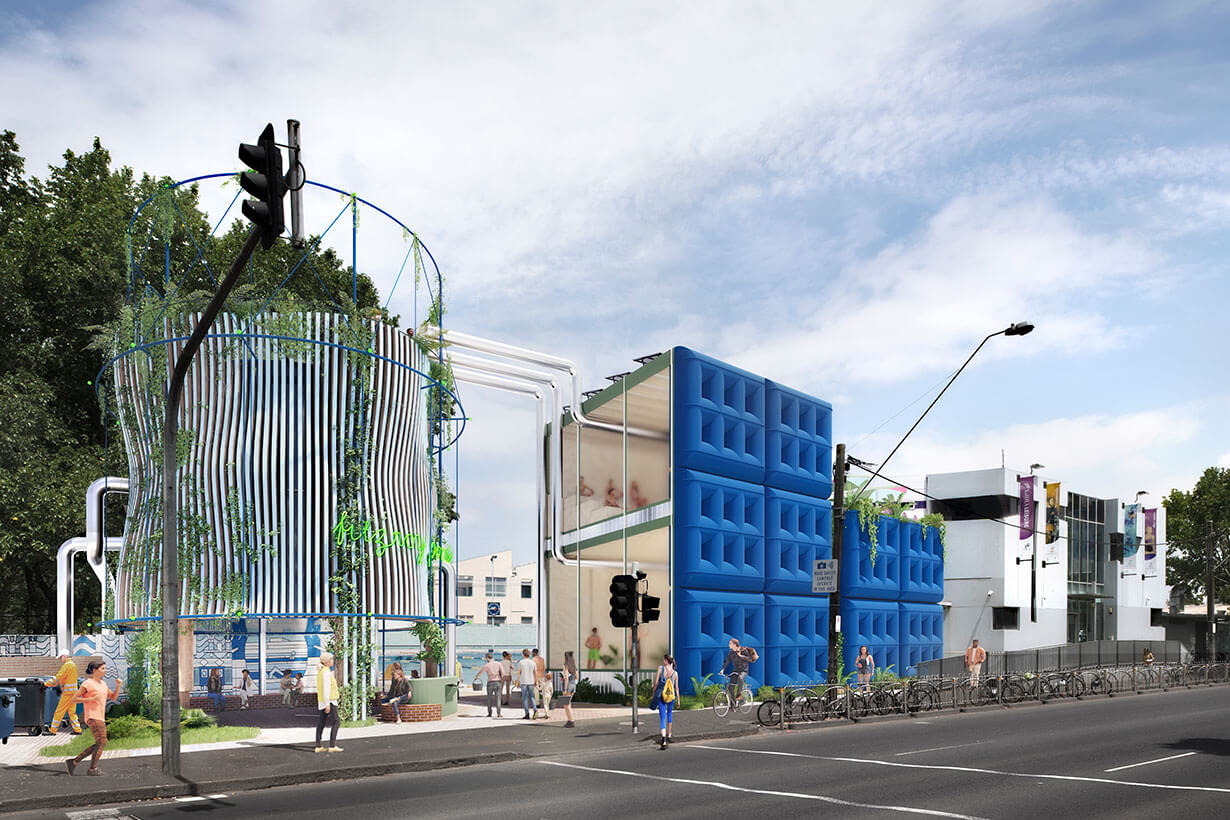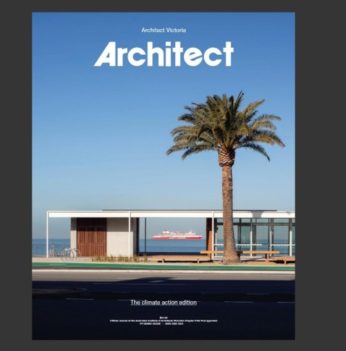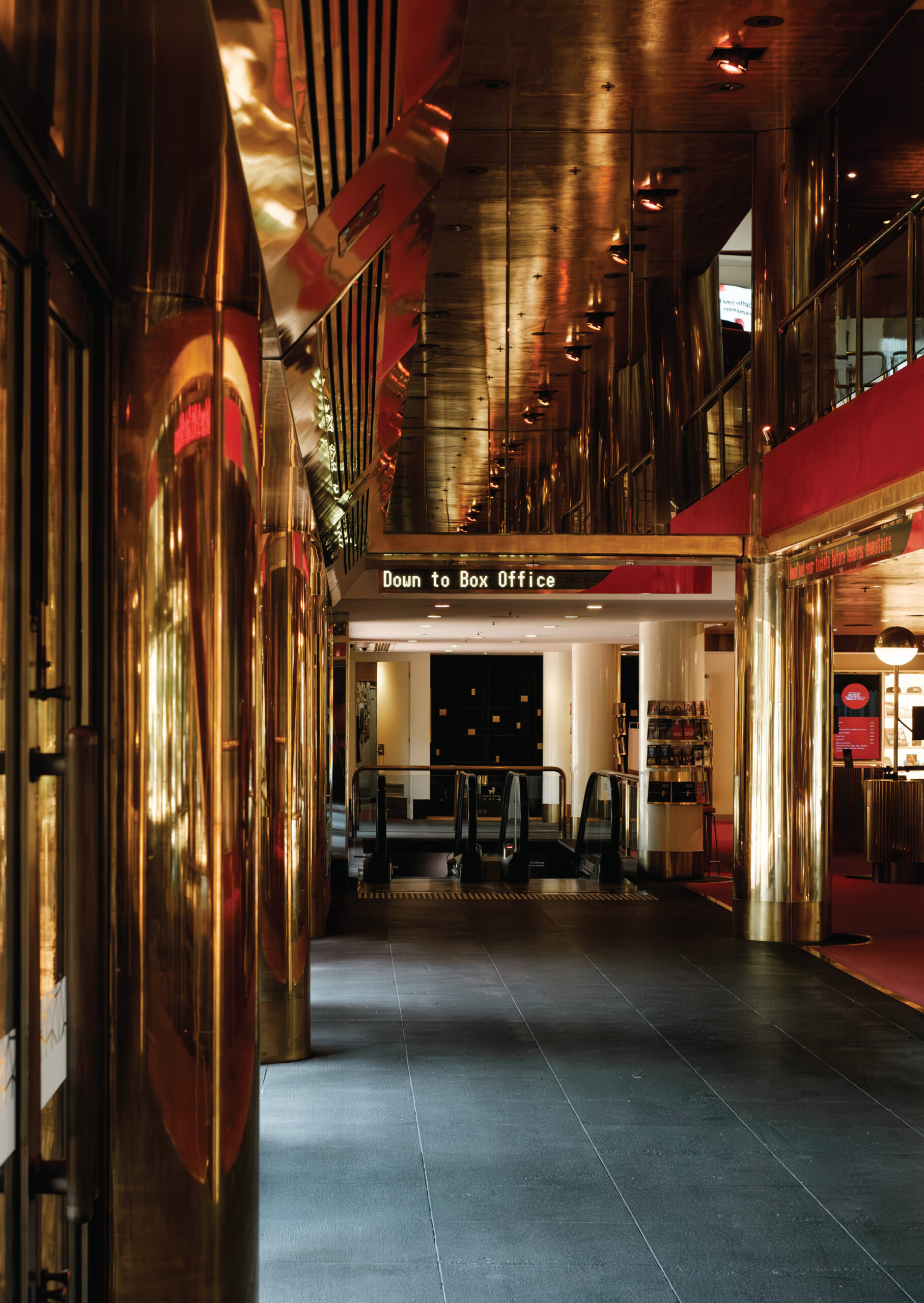A new normal: Melbourne 2030
If we look at Greater Melbourne as one interconnected system, with inputs and outputs, it’s expensive to run, it’s high maintenance, and it’s leaving a mess behind for future custodians. If this was a machine, it would be due for a complete overhaul, not just a tune-up. However, when we take a look inside this machine, we see the true complexity of the problem. It’s not not the technology or the costs, it’s the living organisms inside the machine. There is no united approach to upgrade and then continuously tune the city. Instead, we continue to do small patchwork repairs simply to keep it going. The challenge we have ahead, however, requires coming together for something bigger than ourselves, rather than simply fixing short-term problems. There is an opportunity to give back to the next generation, and every generation after that.
Over the past two years we have independently undertaken an unprecedented study to understand the transformation of an entire city from a consumer to a producer. First, understanding the resources required to operate Greater Melbourne currently, all 31 councils combined. Then, investigating the technology, capital cost, spatial requirements and profitability of transforming Greater Melbourne into a self-sufficient city. A city powered solely by renewable energy, with an unlimited water supply and where the concept of waste to landfill no longer exists. An autonomous machine. This article is a brief summary of what we found.
What does this machine require each year to keep it running? Every year, Greater Melbourne burns enough brown coal to fill the Eureka Tower 100 times, enough oil to fill it 40 times, and enough natural gas to fill it 30 times. It produces enough waste to fill the Eureka Tower 50 times, and consumes enough water to fill it 1000 times, every year.
How are other cities approaching this? After an extensive international review, ten key initiatives were identified that, if implemented, can transform Greater Melbourne into a self-sufficient city. Here are a few highlights of what we found. Shenzhen purchased 16,000 electric buses and 20,000 electric taxis, converting their entire public transport network to electric while halving their fuel bills. California found that by using the batteries of the 1.5 million electric vehicles mandated by 2025 as grid energy storage they could save $13–15 billion in station energy storage. Amsterdam is phasing out natural gas entirely by 2050. Los Angeles and New York City have ambitious plans to regulate energy efficiency in existing buildings. Thirty-two per cent of residences in Adelaide now have solar photovoltaic systems installed. By 2025, South Australia is expected to be producing more renewable energy on an annual basis than it consumes. Germany will decommission all of its 84 coal-fired power plants by 2038. Copenhagen will be entirely carbon neutral by 2025. Eighty-seven per cent of Israel’s wastewater is recycled; 40% of the drinking water supply in Singapore comes from treated water. Perth refills its drinking water aquifer with treated wastewater; 70% of London’s water is supplied by treated water. In China, India, Denmark and Germany hundreds of sophisticated organic-waste-to-energy anaerobic digestor systems generating electricity and heat from renewable biogas are in operation, some of which have been in operation for over 20 years. Costa Rica announced plans to completely eliminate single-use plastics by 2021. The EU has voted to ban the ten worst singleuse plastics by 2021. The Netherlands will become a circular economy by 2050, their entire economy will function without requiring new mined resources. All residential construction from 2020 in California is to be Zero Net Energy (ZNE), and all commercial construction from 2030. Vancouver and Toronto have implemented a Zero Emissions Building Plan with a step-down approach to all new buildings becoming net zero by 2030.
And Melbourne? Melbourne is a luxurious, but expensive and inefficient machine. Melbourne is the second most livable city in the world, in the top twenty wealthiest cities and just outside the top one per cent in terms of polluters. Melbourne can lead this transition. Melbourne must lead this transition. So, how do we do it? How do we upgrade our machine? We electrify the entire transport system and all our buildings. We drastically improve the efficiency of all our buildings. We introduce energy storage and power our city with renewables. We treat and reuse our water, creating an endless supply. We use organic waste as a fuel to generate energy and fertiliser. We end the concept of landfill. These first nine steps are about transforming our existing structures. Lastly, a mandatory net-zero code for all new buildings ensuring they give back resources to the city and future generations.
This is normal. Each initiative is currently happening in various cities around the world. But combined, all of them, in one location, that’s new. Welcome to a new normal.
Greater Melbourne has an opportunity to unlock the most significant infrastructure project in its history; a $100 billion transformation to become the world’s first autonomous city. The transition can be implemented by 2030 using only profitable initiatives, creating 80,000 jobs annually in construction, 40,000 ongoing jobs and paying for itself in under ten years. The best part, we don’t have to wait for the government to unlock this, the private sector will lead the transformation and pay for the vast majority of it (approximately 99%). Architecture has a huge role to play in this transformation. Yes, new buildings are important, but the key to the transformation is in our existing structures.
Obviously, this city is not just a machine. It’s a living breathing organism filled with humans, and culture is the glue that binds us. To achieve this transition, we need to integrate the physical infrastructure that makes our city work with the cultural infrastructure that enables us all to thrive. Architects can lead here.
Ross Harding is a sustainability professional with a background in engineering and finance. Ross provides sustainability advice on architectural projects from residential housing to city-wide masterplans.





